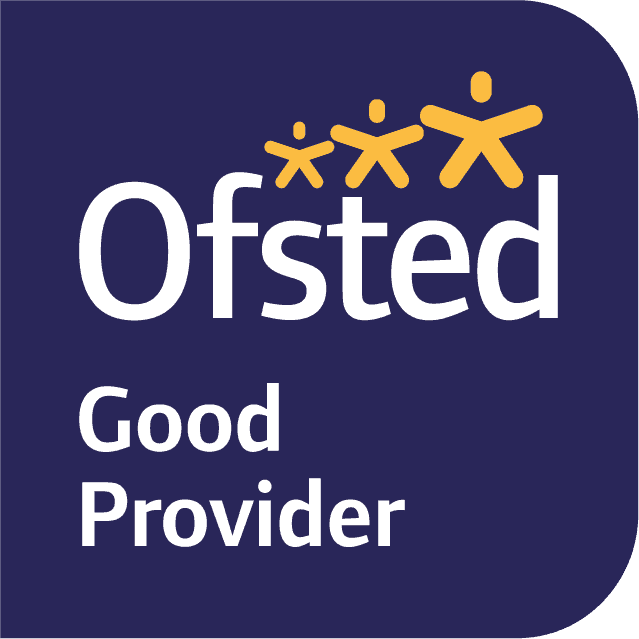Phonics and spelling
In EYFS and KS1, children should be engaged in learning (phonics) every day for 20 minutes, following a cycle of:
- Revisit, in which previous learning is revised
- Teach, in which a new sound/ letter pattern is taught (show them and explain)
- Practice reading and/ or spelling words with the new phoneme/grapheme (sound)
- Apply - read or write a caption with the teacher using one or more high frequency words and words containing the new letter
The teaching of phonics at St Philip’s follows the Letters and Sounds programme of study, an overview of which can be seen below:
YouTube video on the Articulation of Phonemes
|
Phase |
Phonic Knowledge and Skills |
|
Phase One (Nursery/Reception) |
Activities are divided into seven aspects, including environmental sounds, instrumental sounds, body sounds, rhythm and rhyme, alliteration, voice sounds and finally oral blending and segmenting. |
|
Phase Two (Reception) up to 6 weeks |
Learning 19 letters of the alphabet and one sound for each. Blending sounds together to make words. Segmenting words into their separate sounds. Beginning to read simple captions. |
|
Phase Three (Reception) up to 12 weeks |
The remaining 7 letters of the alphabet, one sound for each. Graphemes such as ch, oo, th representing the remaining phonemes not covered by single letters. Reading captions, sentences and questions. On completion of this phase, children will have learnt the "simple code", i.e. one grapheme for each phoneme in the English language. |
|
Phase Four (Reception) 4 to 6 weeks |
No new grapheme-phoneme correspondences are taught in this phase. Children learn to blend and segment longer words with adjacent consonants, e.g. swim, clap, jump. |
|
Phase Five (Throughout Year 1) |
Now we move on to the "complex code". Children learn more graphemes for the phonemes which they already know, plus different ways of pronouncing the graphemes they already know.
|
|
For further information, please click here. |
|
Spelling
In Years 2-6, pupils are taught spelling using Babcock’s No Nonsense Spelling programme.
The programme consists of the following elements:
- The requirements of the National Curriculum, which have been organised into strands and then broken down into termly overviews.
- Termly overviews that have been mapped across weeks as half termly plans. These follow a model of three spelling sessions per week, except in Year 2 where sessions are daily.
- Daily lesson plans for each session, with Supporting Resources, including word lists and guidance on conventions.
The focus of the programme is on the teaching of spelling, which embraces knowledge of spelling conventions – patterns and rules; but integral to the teaching is the opportunity to promote the learning of spellings, including statutory words, common exceptions and personal spellings.
Each lesson is approximately 15 minutes long, but lesson plans are flexible so that the teaching can reflect the extra time needed on a teaching point if required. The Supporting Resources at the back of each book can be used as appropriate to adjust the pace and focus of the lesson. Each lesson clearly signposts when additional resources from the programme can be used.
Within the lessons, the particular focus is identified, followed by suggested teaching strategies. By integrating activities for handwriting, the benefit of making a spelling activity kinaesthetic is secured. The pupil acquires the physical memory of the spelling pattern as well as the visual. Integral to the process is the scope to encourage pupils to learn spellings.
Within the sessions a range of strategies for learning spellings are introduced and practised. This enables pupils to choose the strategies they find most effective for learning different words. For example (see link for more detail of these strategies):
- Look, say, cover, write, check
- Trace, copy and replicate (and then check)
- Segmentation strategy
- Quickwrite
- Drawing around the word to show the shape
- Drawing an image around the word
- Words without vowels
- Pyramid words
- Rainbow writing
- Silly sentences
- Saying the word in a funny (and memorable) way
- Clapping syllables
To support the teaching, additional resources are recommended and used throughout the programme.
- Spelling journals
- GPC (grapheme-phoneme correspondence) choices chart
- Have a go sheets
- Individual whiteboards
- Working walls
You can find a breakdown of the spelling progression from Years 2-6 here, as well as strategies to support the learning of spellings at home here.
Assessment
Pupils’ learning is assessed throughout the programme. The ‘Apply’ part of the sequence regularly includes assessment activities to identify if pupils have learnt the key concept taught. These activities include:
- Testing – by teacher and peers
- Dictation
- Explaining
- Independent application in writing
- Frequent learning and testing of statutory and personal words.
Children will be assessed termly using the statutory word list appropriate for their year group (please see the link)
Home Learning
Learning needs to happen in school and at home. There is a high expectation within the National Curriculum that pupils will learn many increasingly complex words. Therefore, your child will receive a weekly spellings list for them to practice at home. Here is the sheet for your child to practise the words on (link to spelling sheet). The would sent home could relate to the spellings the children have been learning in that week or it could be from the statutory spellings list.


